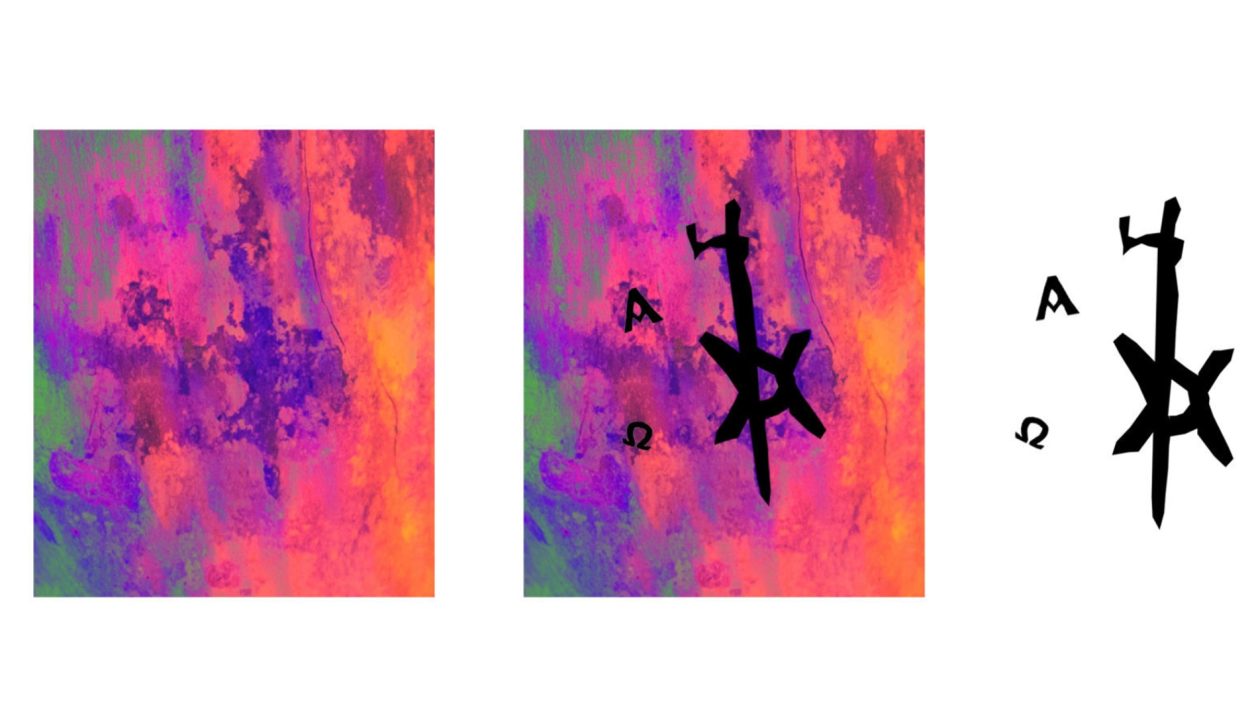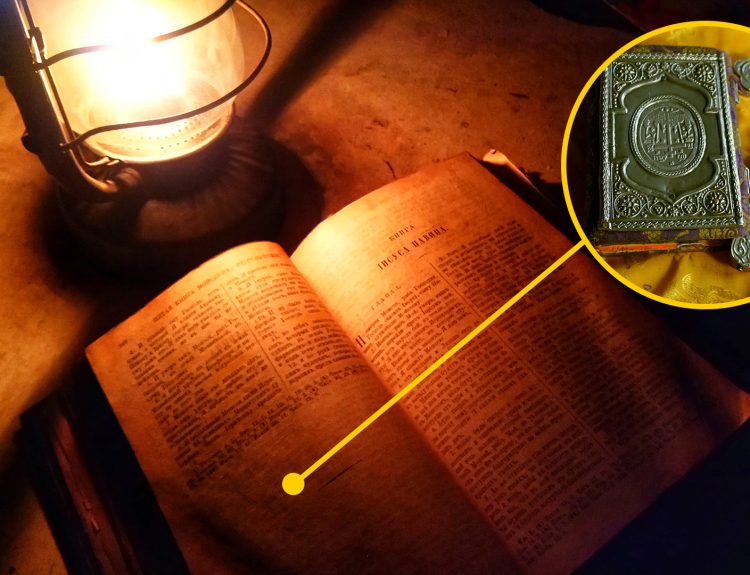ncient discoveries throw a whole new slant on how we see the world. In this case, the 1,300-year-old body of a Ghazali man revealed the child’s dedication to Christianity. Let’s take a look at what this tells us about this area and Christianity’s expansion.
A Rare Find For Archaeologists
The body was discovered in an area of Sudan that once belonged to the Nubian Kingdom. Also known as Kush to the Pharaohs of Egypt, the Nubians existed as a tribe since 5000 B.C. But finding a Christian man here isn’t the only thing that makes this an exciting discovery.
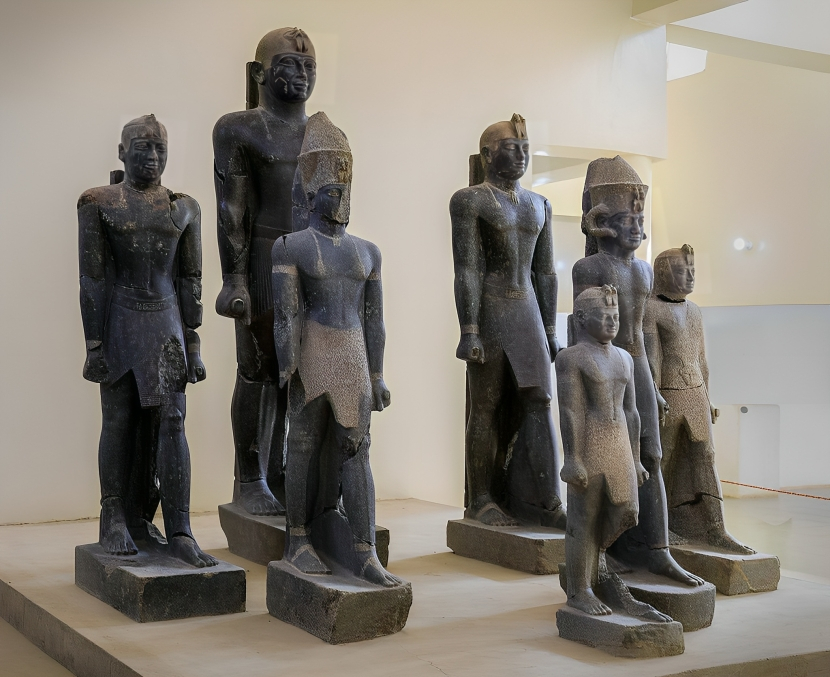
According to scientists, this demonstrates only the second evidence of tattooing being a common practice in Medieval Nubia. Tattoos typically break down over time because of the inks used. In this case, the ink endured, leaving scientists with proof of the practice.
A Dedication To Christ
The tattoo was found on a male who was buried in the medieval monastery of Ghazali, some 9 miles (15 km) from the banks of the Nile. It was found on the man’s foot. Scientists revealed that the man probably lived somewhere between 667 A.D. and 774 A.D., coinciding with Christianity’s presence here.

The ink represented a Christogram, used in Medieval times to show dedication to Christianity and Christ. It consisted of the Greek letters for Chi and Rho for Jesus Christ’s initials, and Alpha and Omega, demonstrating Jesus’s statement that He was the beginning and the end. The man was between 35 and 50 at the time of his death.
Preserved Skin With Otherwise Skeletal Remains
The Ghazali Monastery is home to several cemeteries, and the man’s remains were found in one of those graveyards. According to reports, the rest of the man’s body, aside from both his legs and feet, was entirely skeletal. The arid climate of the region allows for good skeletal preservation but not that of soft tissue like skin.
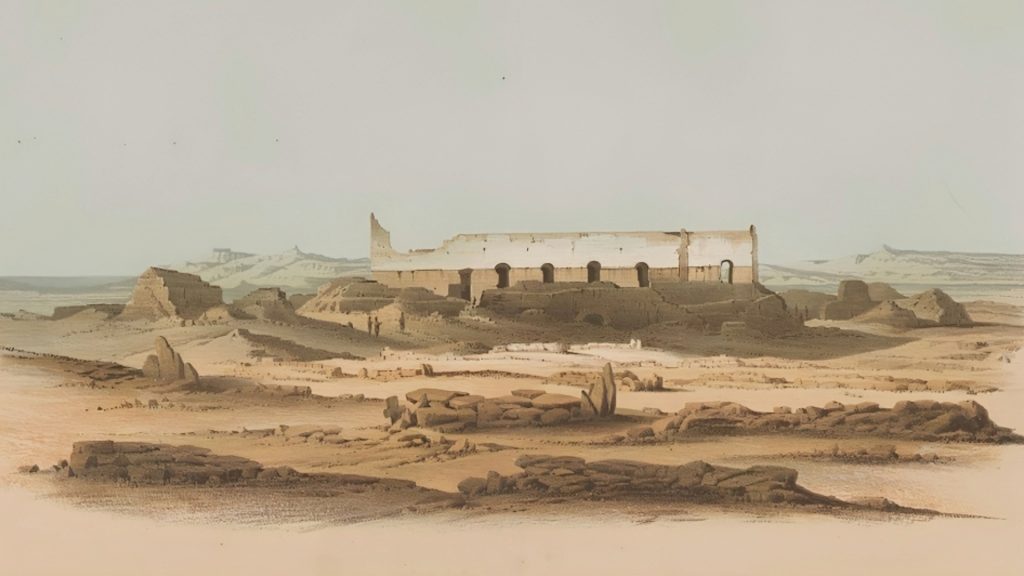
The skin on the body was preserved to the point that scientists could easily read the tattoo. “It is remarkable as no human intervention was taken to preserve the remains, yet through natural mummification, what soft tissue survived had the tattoo,” said Kari Guilbault, a doctoral candidate, in an email interview.
Who Was This Guy?
The monastery, like most of them during the time, typically housed the remains of monks. However, scientists believe that he wasn’t one of those. His body was discovered outside of the walls of the actual monastery, in a cemetery used by locals for their burials.
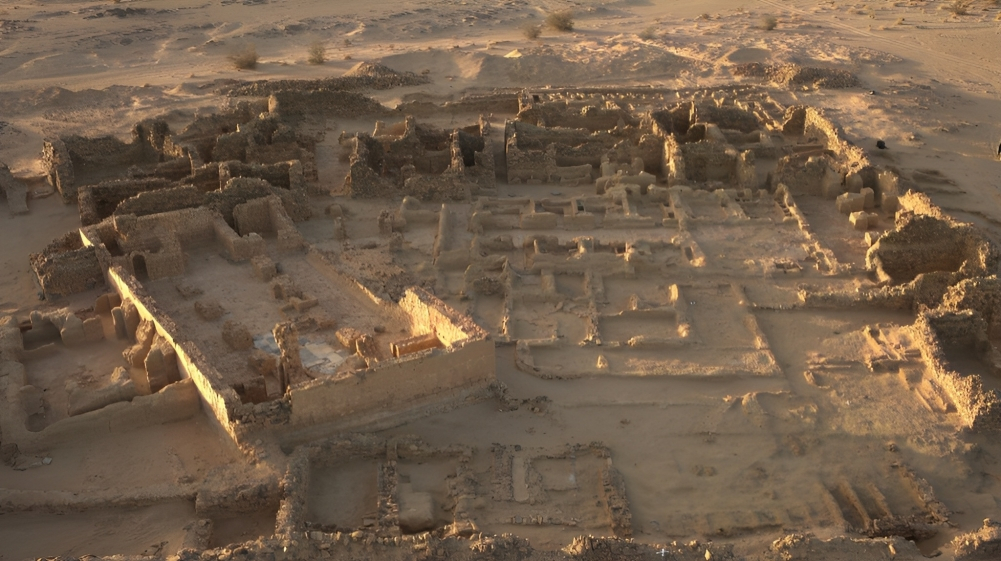
The tattoo is most likely a personal one, done as part of the man’s spiritual journey. The body itself was discovered in 2016, and only through cataloging the remains was the tattoo first spotted. Scientists immediately recognized it as a tattoo, and post-processing confirmed this initial conclusion.
A Find Of Monumental Proportions
Aside from this finding confirming that there was tattooing happening in medieval Nubia, it also adds evidence to the fact that Christianity was the dominant religion here. Archaeologists uncovered over two thousand burials, and categorizing these finds is still ongoing. There may be a lot more to learn from this area.
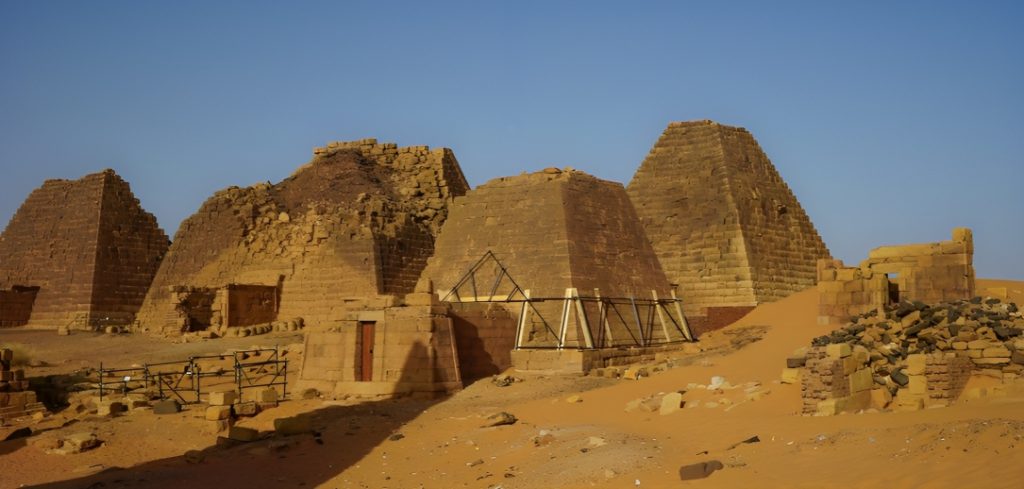
The relationship between the body and the Christian religion confirms that he was a member of the Nubian Christian community during the medieval period. The tattoo’s location suggests that it was a private declaration as opposed to something he would show off in public.
Learning About Medieval Non-European Christians
Christianity had spread far and wide by the medieval ages. According to scholars, Christianity first made its way into Egypt in 50 A.D. and progressed up the Nile. Around the 4th century, the Aksumites became the first empire to adopt Christianity as their official religion.

Christianity spread for a time throughout the African continent, but slowly, Islam replaced it until the only Christian kingdom to remain was Ethiopia. Based on the carbon dating of the body, this man lived during the time that Christianity remained dominant in North Sudan before it was replaced by Islam.
Religious Tattoos Have Been Around A Long Time
In early Christianity, it wasn’t uncommon to get a tattoo showing that you had visited a religious site. The practice really took off during the Crusades, when European pilgrims to Jerusalem would get a tattoo as a souvenir of their journey to the holy land. Tattoos used imported “Indian Ink” to make marks on the supplicant’s skin.
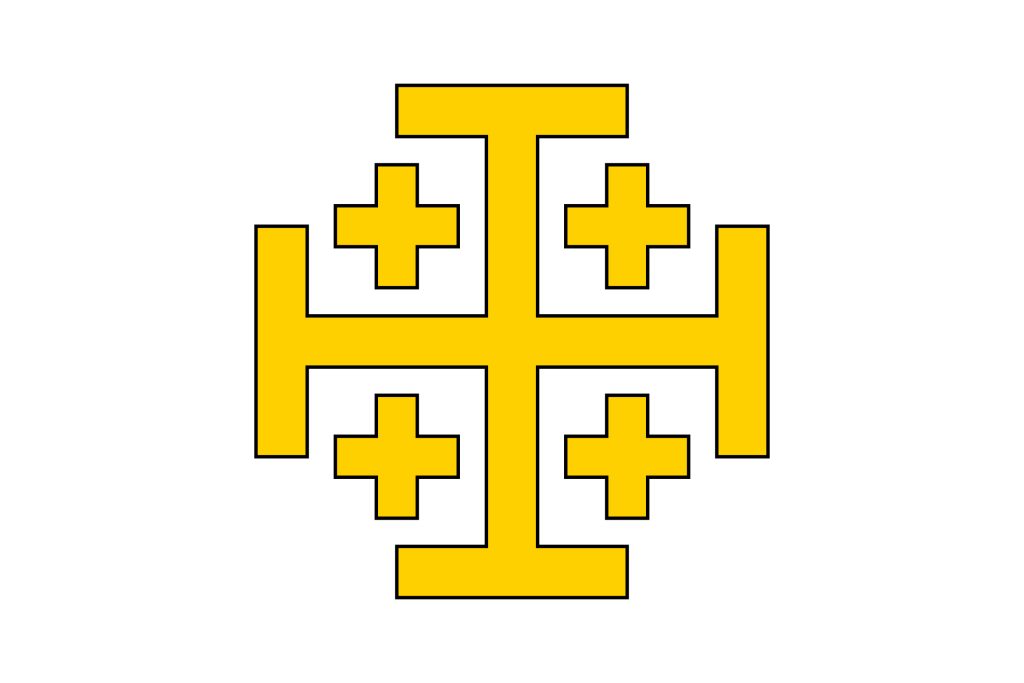
The Jerusalem cross, seen here, was a common way for the Kingdom of Jerusalem to identify itself after the Crusades. Tattooing was more prominent among Egyptians and the areas of North Sudan. Some Coptic churches still require this religious tattoo to this day before they permit someone to enter the church.
Tattoos Got a Bad Rap
These days, getting a tattoo is more of an act of rebellion than a dedication to God. However, in the old days, religious tattoos helped people with their spiritual journeys and showed which religion they belonged to. In this case, we’re very lucky this guy got a tattoo and even luckier that it survived to today.
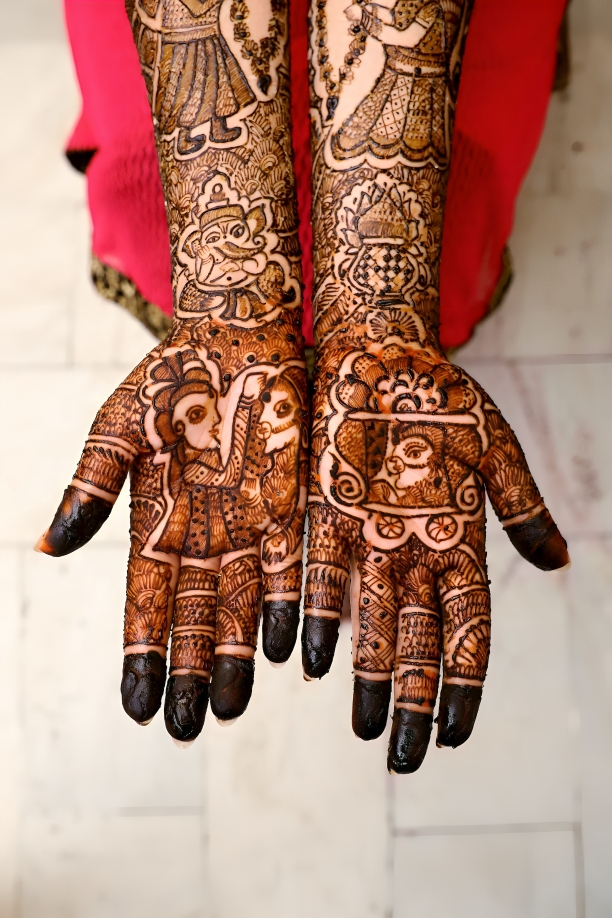
Tattoos have become more than just a symbol of resistance and rebellion. They’ve taken on life as marking for gangs and drug cartels. However, despite this, one thing remains – they are an unremovable part of someone’s life. They remain a sign of dedication to someone or something.
The Changing Tides of History
For now, we’ve learned a lot about what people in North Sudan thought about Christianity and how many of them near Ghazali were devoted to the practice. However, there are a lot more things that this tattoo asks that we can’t answer just yet.
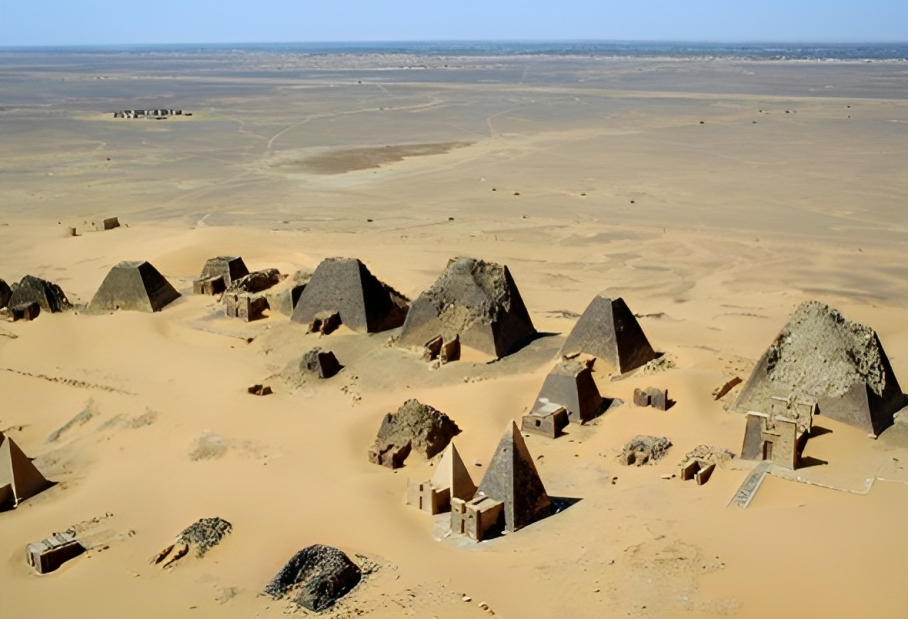
Who exactly was this guy? Can we be sure he wasn’t a monk? If he wasn’t a monk, why was he tattooed in that way? Like all discoveries in archaeology and science, it presents us with a few more questions that, hopefully, we’ll be able to answer with time.

